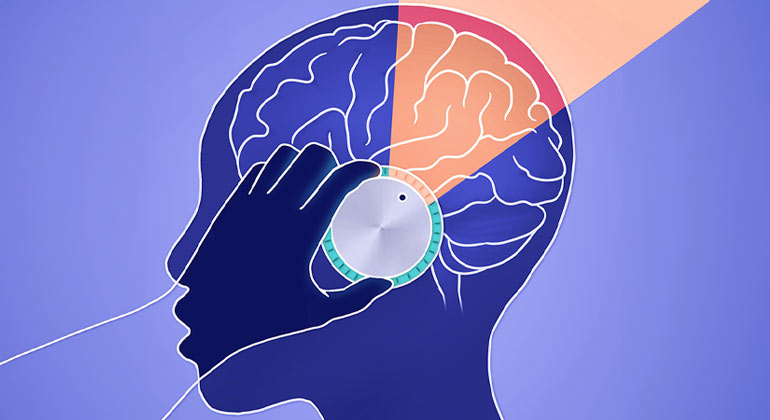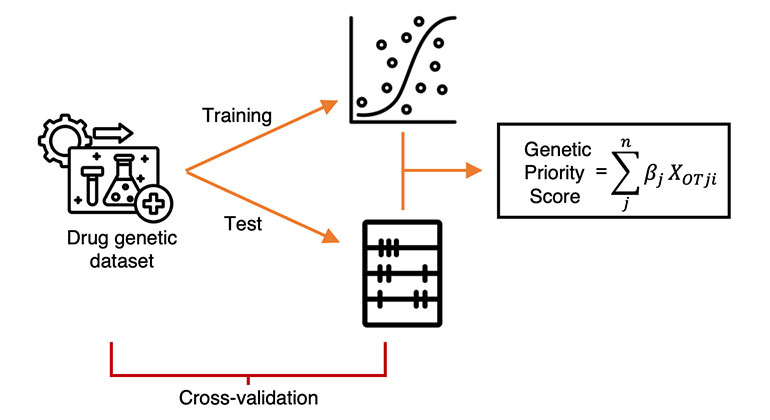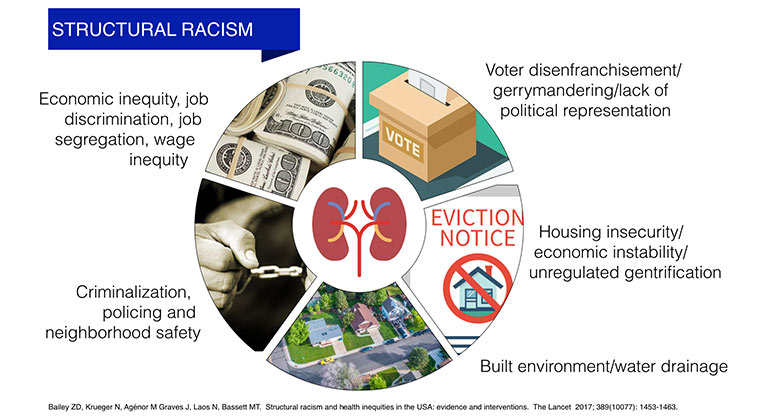Mount Sinai Researchers Develop New Computational Method to Aid Analysis of Gene Expression Experiments
Mount Sinai researchers have developed a new database that will change how scientists identify drug targets and biomarkers.
Researchers from Mount Sinai School of Medicine have developed a new computational method that will help streamline the analysis of gene expression experiments and provide scientists with a better mechanistic understanding of the differences between diseased and normal cells. The new database and software, called ChIP Enrichment Analysis (ChEA), will revolutionize how researchers identify drug targets and biomarkers. Researchers can find the tool online at http://amp.pharm.mssm.edu/lib/chea.jsp. The data are published in Bioinformatics.
Until ChEA was developed, there was no centralized database that integrated results from ChIP-seq and ChIP-chip experiments—two types of experiments used to identify how proteins called transcription factors potentially regulate all genes in humans and mice. The data that results from these types of experiments is substantial and computational biologists have struggled with how to integrate them. Led by Avi Ma’ayan, PhD, Assistant Professor, Pharmacology and Systems Therapeutics, a team at Mount Sinai integrated the results from these experiments, collecting data from more than 100 proteins that bind DNA to regulate gene expression, called transcription factors, into one database.
"Using ChEA, we were able to link these transcription factors to the genes they regulate for the first time," said Dr. Ma’ayan. "Our program allows researchers to identify which proteins are likely responsible for genetic changes that may cause disease. Using our database, researchers will be able to better identify drug targets."
Dr. Ma’ayan’s team tested ChEA in several case studies. One case study looked at two independent publications that found signature sets of genes that indicate whether a breast tumor was benign or malignant. Both studies came up with lists of genes that were biomarkers of each tumor type. However, the list uncovered in one study did not match the list in the other study; in fact, there was very little overlap in the biomarkers discovered in each study. However, when Dr. Ma’ayan entered the two lists into ChEA, he determined that the genes on both lists have the same regulatory protein, which determines the aberrant expression of these biomarker genes.
"Our reanalysis of these two publications verifies the usefulness of this software and database in gaining a better mechanistic understanding of the role transcription factors play in controlling gene expression, and subsequently, the development of disease," said Dr. Ma’ayan.
About The Mount Sinai Medical Center
The Mount Sinai Medical Center encompasses both The Mount Sinai Hospital and Mount Sinai School of Medicine. Established in 1968, Mount Sinai School of Medicine is one of few medical schools embedded in a hospital in the United States. It has more than 3,400 faculty in 32 departments and 15 institutes, and ranks among the top 20 medical schools both in National Institute of Health funding and by U.S. News & World Report. The school received the 2009 Spencer Foreman Award for Outstanding Community Service from the Association of American Medical Colleges.
The Mount Sinai Hospital, founded in 1852, is a 1,171-bed tertiary- and quaternary-care teaching facility and one of the nation’s oldest, largest and most-respected voluntary hospitals. In 2009, U.S. News & World Report ranked The Mount Sinai Hospital among the nation’s top 20 hospitals based on reputation, patient safety, and other patient-care factors. Nearly 60,000 people were treated at Mount Sinai as inpatients last year, and approximately 530,000 outpatient visits took place.
For more information, visit www.mountsinai.org. Follow us on Twitter @mountsinainyc.
About the Mount Sinai Health System
Mount Sinai Health System is one of the largest academic medical systems in the New York metro area, with more than 43,000 employees working across eight hospitals, over 400 outpatient practices, nearly 300 labs, a school of nursing, and a leading school of medicine and graduate education. Mount Sinai advances health for all people, everywhere, by taking on the most complex health care challenges of our time — discovering and applying new scientific learning and knowledge; developing safer, more effective treatments; educating the next generation of medical leaders and innovators; and supporting local communities by delivering high-quality care to all who need it.
Through the integration of its hospitals, labs, and schools, Mount Sinai offers comprehensive health care solutions from birth through geriatrics, leveraging innovative approaches such as artificial intelligence and informatics while keeping patients’ medical and emotional needs at the center of all treatment. The Health System includes approximately 7,300 primary and specialty care physicians; 13 joint-venture outpatient surgery centers throughout the five boroughs of New York City, Westchester, Long Island, and Florida; and more than 30 affiliated community health centers. We are consistently ranked by U.S. News & World Report's Best Hospitals, receiving high "Honor Roll" status, and are highly ranked: No. 1 in Geriatrics and top 20 in Cardiology/Heart Surgery, Diabetes/Endocrinology, Gastroenterology/GI Surgery, Neurology/Neurosurgery, Orthopedics, Pulmonology/Lung Surgery, Rehabilitation, and Urology. New York Eye and Ear Infirmary of Mount Sinai is ranked No. 12 in Ophthalmology. U.S. News & World Report’s “Best Children’s Hospitals” ranks Mount Sinai Kravis Children's Hospital among the country’s best in several pediatric specialties.
For more information, visit https://www.mountsinai.org or find Mount Sinai on Facebook, Twitter and YouTube.

AI-Driven Study Redefines Right Heart Health Assessment With Novel Predictive Model
Jan 04, 2024 View All Press Releases
Demystifying a Key Receptor in Substance Use and Neuropsychiatric Disorders
Jan 02, 2024 View All Press Releases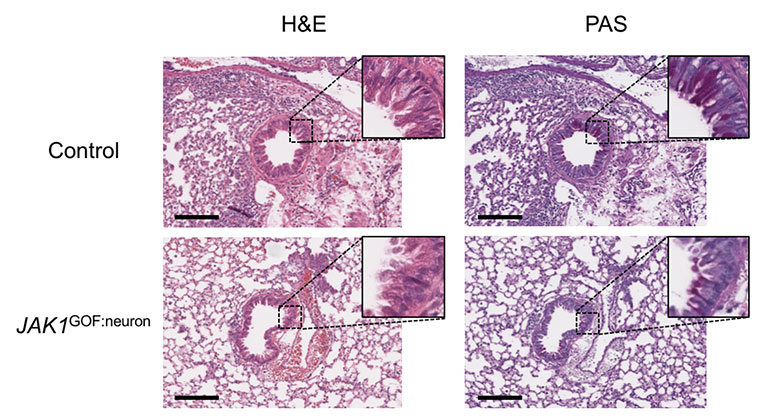
New Insights Revealed On Tissue-Dependent Roles of JAK Signaling in Inflammation
Dec 21, 2023 View All Press Releases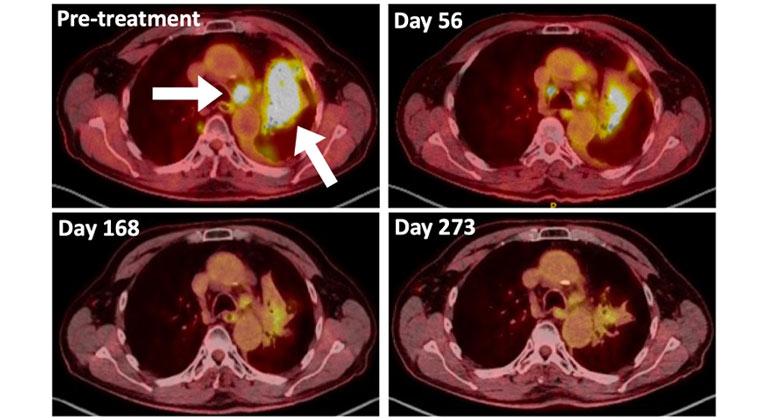
A Type of Allergy Medicine Might Help Treat Lung Cancer, Research Suggests
Dec 06, 2023 View All Press Releases

